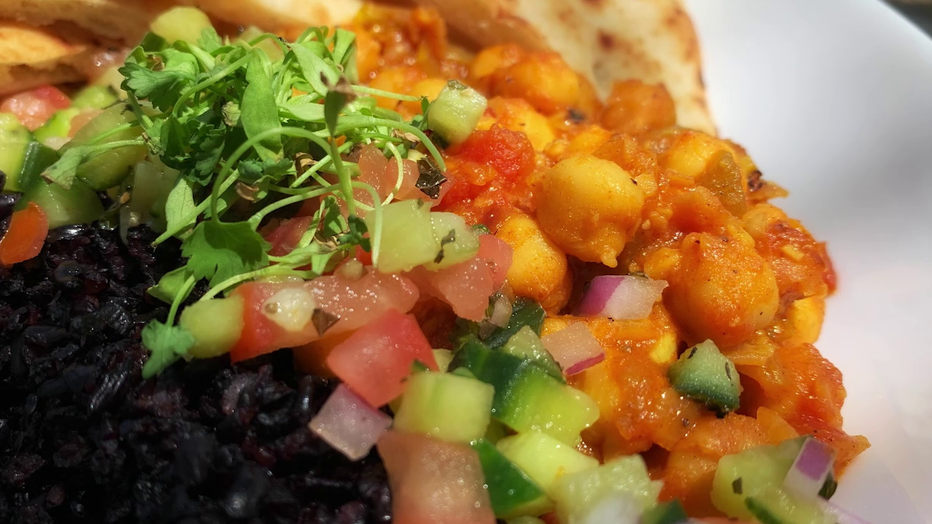The history of Ramona Farms and how its chickpeas make it to your plate
This year brought us another great winter with plenty of snow in northern Arizona, and rain across the deserts. So, what does that mean for farmers?
FOX 10 Meteorologist Krystal Ortiz takes us to Sacaton in Pinal County for the latest Forecast to Farm to Table.
As we head into summer, you might be surprised to find there’s still plenty growing in Arizona.
In Pinal County, and Ramona Farms, we’re talking garbanzo beans, or maybe you know them as chickpeas. On the farms, they’re known as kalvash.
For Ramona Button and her husband Terry, it all began in the 70s with one goal: bringing the traditional foods of the Pima community back to the Gila River Indian Reservation.
"This bean originates in the Mediterranean there in the Middle East," Terry said. "It was brought here to Arizona by Padre Kino and the Spanish missionaries when they first met the Pimas."
They started with the tepary bean, later expanding to chickpeas.
"It was the elders who said, 'We have land. You can use our land to grow whatever you want to do, but we would like for you to bring back the traditional foods of the Pimas. We're missing them, and they're going to become extinct," Ramona said.
The growing process begins.
"We start out in the months of November and December doing our land preparation," Terry said.
A rainy winter and spring
"We prepare the soil and mulch the weeds out, and we had rain bring the weeds, and we mulched them out, and the rain brought the weeds. We mulched them out. We were able to get rid of two flushes of weeds. It otherwise would have been serious competition for the plants," Terry said.
Between late December and early January, it’s time to start growing.
"We planted the seed about a half inch deep, and we got rain. Then we got ready to irrigate. We got another rain. We got ready to irrigate. We got another rain. So right now, we have only irrigated one time and we're on now the second irrigation since we planted the crop. This is very unusual," Terry said.
Unusual, but appreciated.
"It was the best you could ask for. It was wonderful. It was a gift. We didn't have to irrigate. We saved a lot of money on water costs, we had a real uniform emergence of the crop with very little soil crusting," Terry said.
At Ramona Farms they specialize in dry goods. Chickpeas are almost always dried before harvesting.
"Once the rainfall stopped, we have to start irrigating. We have to keep these plants thriving. When they get to a certain point of maturity where they're potted all the way to the top, and the
pods, the beans in the pod are full. We’ll terminate the irrigation and begin to dry the plant down," Terry said.
In June, a large machine combs through the field. All 70 acres worth.
It lifts each plant and separates the beans from their pods. They’ll complete this task in just five days.
For Ramona, each harvest also helps honor the memory of her parents.
"'Someday it's going to be all green in that area. And I said, 'Well, I don't know who's going to do it.' He said, 'you are," Ramona said about a conversation with her dad. "He predicted it."

How do these chickpeas get to your plate? Let's head to Gertrude's Restaurant at Desert Botanical Garden.
Chef Jason Lessing features those beautiful beans, the chickpeas, from Ramona Farms.
He uses them to make a delicious curry.
Learn more about Ramona Farms here: https://ramonafarms.com/

